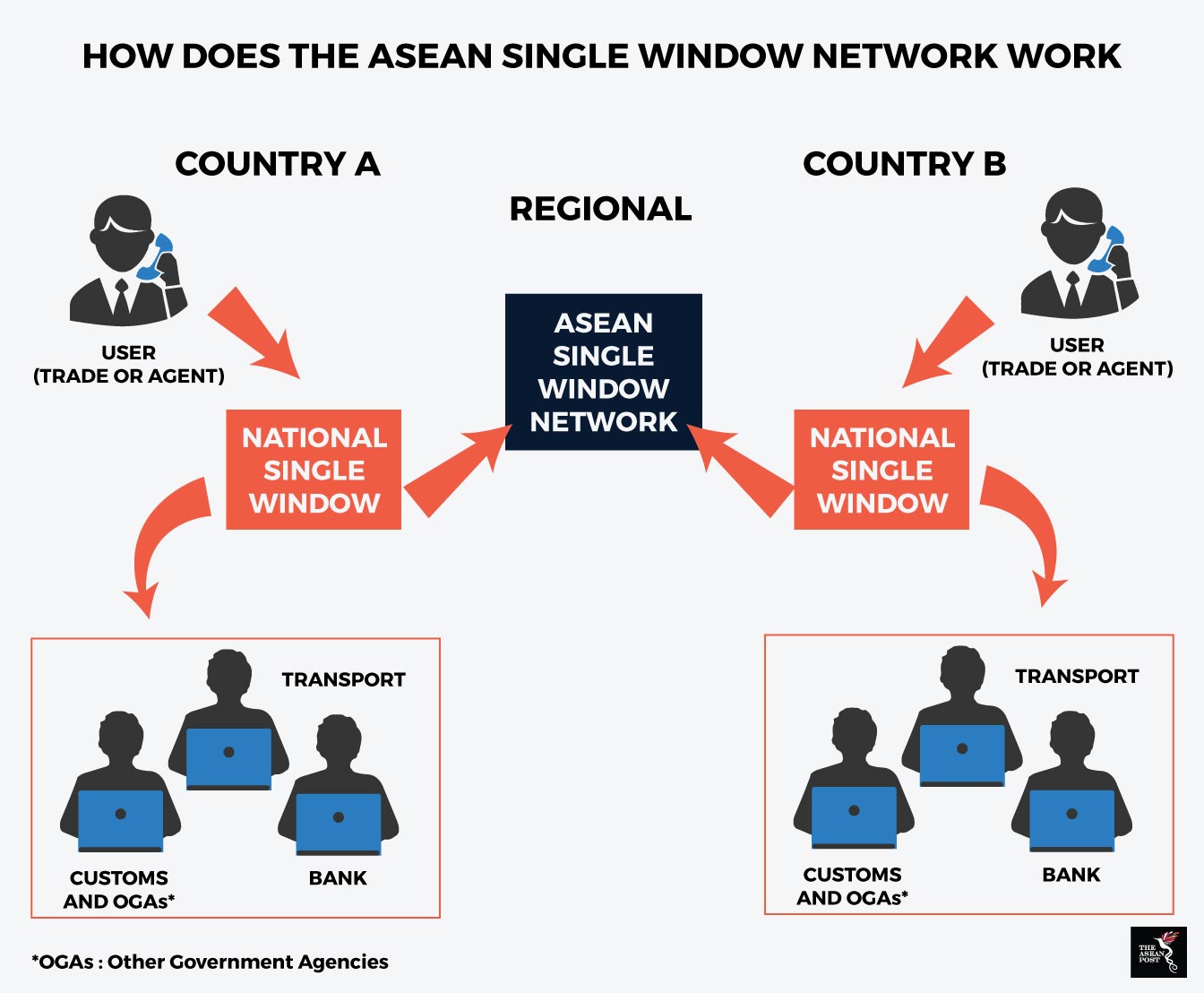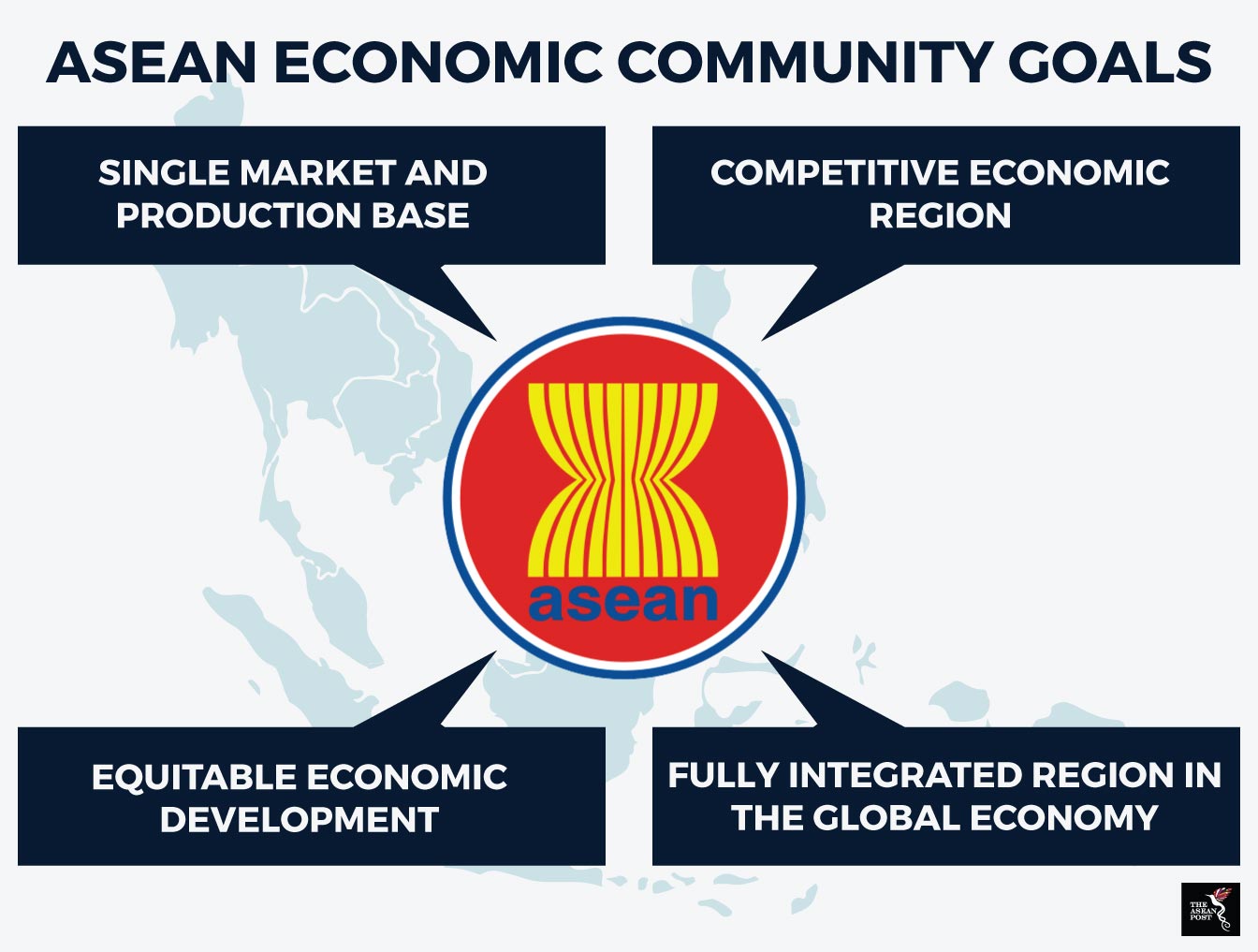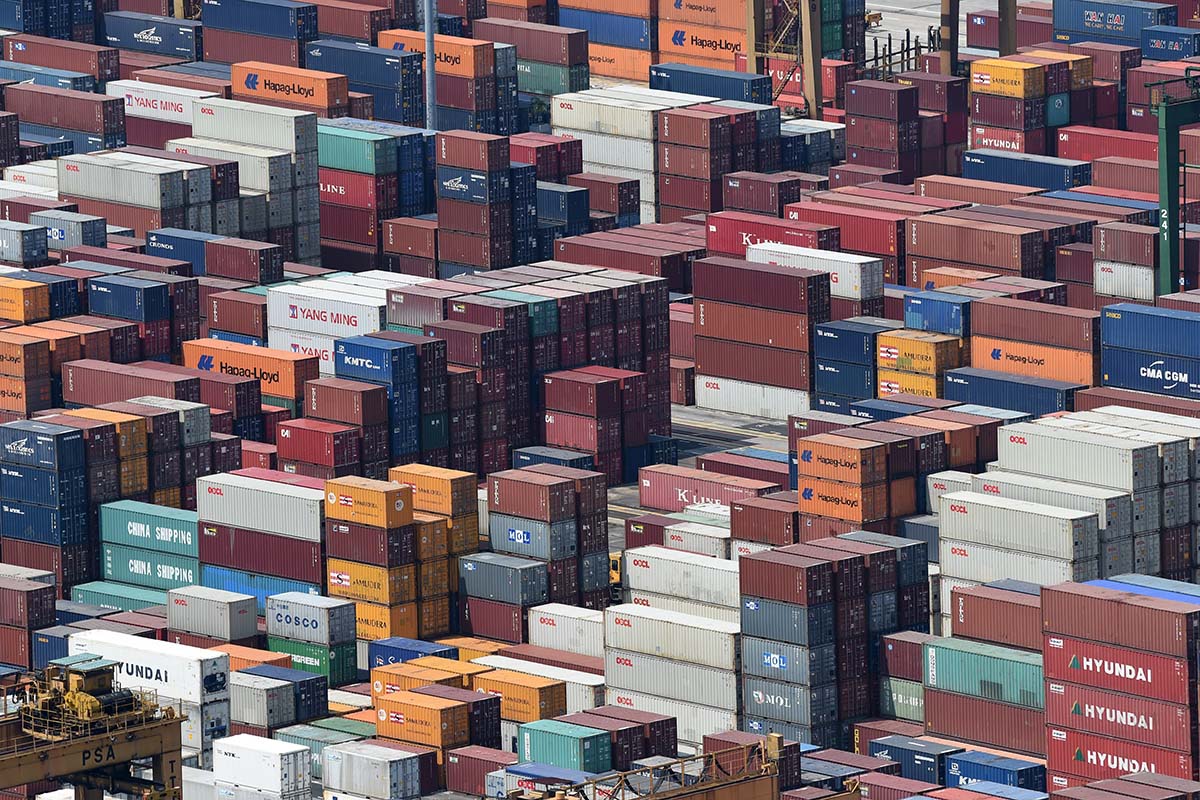The economic end goal for the Association of Southeast Asian Nations (ASEAN) under the ASEAN Economic Community (AEC) is economic integration. And one of the many steps taken to achieve that goal is through the introduction of the ASEAN Single Window (ASW) initiative.
What is the ASW?
The prime focus of the ASW is on trade facilitation and the end product is the integration of National Single Windows of individual ASEAN member states. The ASW will help expediate electronic exchanges of customs data that can be used by traders to obtain customs clearances, permits and other documentation for trade among ASEAN countries.

It will also provide secure Information Technology (IT) and legal architecture which would facilitate the exchange of trade, transport, and commercial data between government and trading entities. This would result in faster cargo clearance processes, which are more streamlined and synchronised. Hence, it would greatly reduce costs and the length of doing business, ensuring trade efficiency and industrial competitiveness.
The ASW has proven to be a catalyst in boosting cross border trade in the region. As of the end of last year, Malaysia, Singapore, Vietnam and Indonesia have begun using an electronic version of the certification form which shows if a product is eligible for preferential tariff treatment. Vietnam has been one of the latest member states to connect to the ASW. Earlier this year, the Vietnamese Deputy Prime Minister announced plans to carry out as many as 130 administrative procedures to help in the implementation of its National Single Window and the ASW.
The case of Danfoss
As the ASEAN region remains poised to collectively become the fourth largest economy in the world, Singapore, the most advanced ASEAN member state is seeing a tremendously positive economic outlook. Engendered by regional trade growth and the implementation of the ASW initiative, Danish company Danfoss recently unveiled the Marine & Offshore Application Development Center (ADC) in the island republic.
As demand in infrastructure and energy burgeons – as the ASW kicks into gear – the ADC, has been actively engaging and working with key industry players, academia and the public sector to advance innovative solutions within that space.
“Our Marine Application Development Center is to help increase innovation close to and with customers at system level for the Marine and Offshore industry to better manage climate challenges,” Soren Kvorning, President of Danfoss Asia Pacific said at the opening of the centre.
Danfoss’ array of technologies includes fast developing, hybrid power solutions to create efficient and environmentally friendly operations for seaborne trade. Kvorning provided an example of such hybrid solutions which could save up to 20,000 litres of diesel annually from the 130,000 ships that potentially call at Singapore’s port yearly.
Realising the ambitions for AEC
The ASW is crucial to the cohesiveness of the AEC.

Building on the momentum of ASEAN’s free trade agreements and other trade liberalisation deals, the ASW is an integral part of the AEC. In realising AEC, ASEAN has already made significant steps like the ASEAN Trade in Goods Agreement (ATIGA) and the ASEAN Framework Agreement on Services (AFAS) – just to name a few.
However, in realising this greater goal, ASEAN member states must clean up their acts where necessary. Trade facilitation issues that rise due to protectionist elements or plain inefficiency must be addressed urgently.
Speaking during a lecture outlining Singapore’s ASEAN chairmanship goals, Singaporean Foreign Minister, Vivien Balakrishnan acknowledged the inherent tensions rising from these issues and the need for a balance between long term competitiveness of the country and the short term social security of its people.
“Anyone who loses this sense of balance, you will run into problems and your reform agenda will not succeed,” he reiterated.
Recommended stories:
